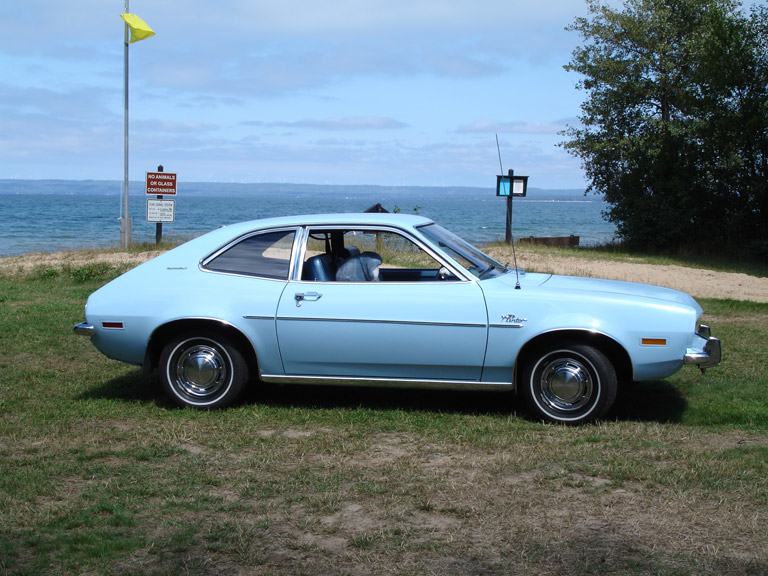Ford Pinto was designed in 1968 as a consequence of Ford’s loss of U.S. market share against smaller and cheaper European cars. The decision was made to put it onto the market for less than 2000$ in 1970, which was a very affordable price at the moment. The common process of car design is around 43 months but, as Ford Pinto urged to be entered to the market, it had only 24 months. As a consequence, the safety aspect of the design did not receive sufficient priority. Due to a lack of experience in small cars the fuel tank was placed behind the rear axis, which proved wrong during the tests because a back collision could puncture the tank and cause an explosion. Against that problem, Ford had two solutions: Put a rubber involving the tank to protect it or change the position of the tank. Can you guess which one they applied? None of these.
One of the most commonly used techniques in managing risks is a cost-benefit analysis, and that’s what Ford did to study the situation. It was asserted that the extra costs of 11$ to change the position of the tank did not weigh against the benefit that society would derive from a smaller number of wounded passengers or fatalities and the same result was considered with the protection rubber. Nowadays that approach is monstrous but in 1970 Ford needed to reconquer the American market and all the possible measures had to be taken in order to reduce the price to a minimum level. In addition, Ford was legally protected because Pinto was meeting the safety requirements of the government, even with the petrol tank between the rear axis and without rubber protection.
As it use to happen the product was released and there was no problem until an accident happened. Unfortunately, a rear impact is something quite usual in car driving and in October 1970 (the same year that the vehicle was released) three teenagers died because a truck collided against their car and the car exploded. The courts sentenced against Ford and the company had to pay millions in fines and improvements for the already sold vehicles.
We can take several conclusions of that case. First of all, a cost benefit analysis may be a good procedure in some situations but it will never consider all the factors and situations. It has to be a tool to help in decision making but it should never be the only decisive factor. Secondly, how we can value the life of a person? After their study, Ford considered that each causality cost 200.000$ to the global welfare, but personally I think that you can never put a monetary value to a life. This doesn’t mean that you have spend half of the cost of a car in safety systems, but I’m sure that everyone would agree to pay 11 more $ to reduce significantly the death probability. Finally, I would like to put emphasis on the fact that not only the companies but the governments put price to human lives. Of course monetary values are a universal reference that can be very useful to compare the value of diverse things, but we should not forget that if money was created as a tool to trade, we shouldn’t trade with a human life.
